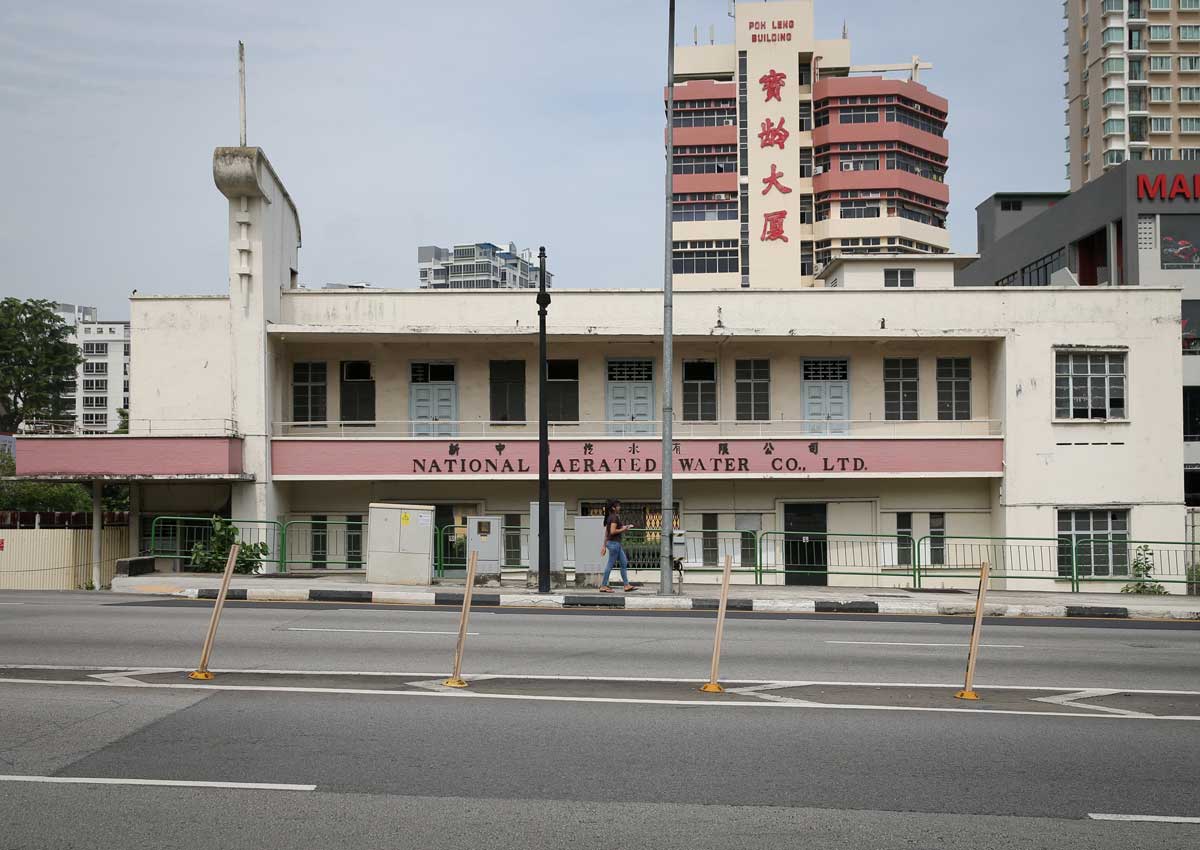Even as 2016 draws to a close, with many notable events shaping what has been called by many a year of change, 2017 looks to be a significant year. The Straits Times looks at what to expect for housing, education and heritage in the new year.
Heritage
Over the years, the former state gas water plant stood, abandoned and seemed to be forgotten. Then, on December 9, there was news that a 62-year-old building on Serangoon Road was sold to a Malaysian developer, which could be flattened for an apartment.
It triggered a rigorous discussion of the heritage community, opposed the move, citing architectural history and architecture.
Although the Urban Renewal Authority (URA) later announced that the building could be preserved, its fate was still unclear and there was a compromise between the URA and the new owners.
This tension between development and conservation and preservation can be mitigated when the results of the National Heritage Commission’s (NHB) tangible heritage survey are released in the second half of next year.
The study, the first such comprehensive survey by the board, was designed to bring together a list of the main landmarks and locations in Singapore with a view to strengthening heritage conservation as part of the wider heritage and preservation of the NHB. The results will be shared with the public, and they can contribute their own personal stories and memories.
NHB’s $ 550,000 research report was awarded to art and history consultant Art Logica last year.
Kevin Tan, president of the International Council on Monuments and Sites, a member of the Art Logica team, said the public could expect “some interesting discoveries.”
Yeo Kang Shua, executive director of the Singapore Institute of Traditional Cultures, said the data would be useful if the goal in a particular region or region is to develop in the future.
“This information will enable us to understand what we can protect and, more importantly, it will form the basis for an informed, rational and objective dialogue that we can not save and take positive steps to mitigate the loss,” Dr. Yeo said.
It is expected that the findings will improve coordination among development agencies, heritage agencies and civil society.
At the same time, a team of Ethnographica, an anthropologist, was commissioned to handle NHB’s Intangible Cultural Heritage Annual Survey.
NHB said that the results may be announced in 2018. Approximately 150 types of intangible cultural heritage, including oral traditions, such as folklore, are expected to be identified.
Within the sector, greater emphasis can be placed on more complex recovery techniques and processes.
“Although we can protect buildings, if we adopt proper research, consider the design and technical or scientific, professional approach,” said Senior Minister for Home Affairs and Country Development, Ms Sandra Lee, in the October URA Architectural Heritage Awards.
Likewise, experts have been calling for more Singaporeans to be trained in technology to protect the country’s historic buildings and streetscape. This will require all players, including academics, to contribute.
Another item on the Wish List of Communities is a better public gateway between the custodians of national history and heritage data.
This is a clear trend: more Singaporeans have enough interest to visit museums and heritage institutions.
Last year, about 3.8 million people – one of the highest in history – have visited the National Museum and Heritage Institutions, up from 3 million a year ago.
Next year, new trails and refurbished galleries will be added to the portfolio.
NHB, for example, will unveil the legacy of Little India next month. To commemorate the 75th anniversary of the fall of Singapore, the Board will organize a series of guided tours of the Second World War. On February 16th, the National Archives of Singapore will reopen its memory at the Old Ford Factory Museum, focusing on the Second World War.
The National Parks Commission also launched the Ubon Ratchathani route to celebrate the island’s cultural heritage and rural character.
The Singapore Botanic Garden will open its learning forest early next year and will exhibit an exhibition at the CDL Green Gallery between late February and April. The project will showcase some of the heritage landmarks of the garden, such as the works of Eng Siak Loy from the Clock Tower.
melodyz@sph.com.sg

This article was first published on Dec 28, 2016.
Get a copy of The Straits Times or go to straitstimes.com for more stories.







